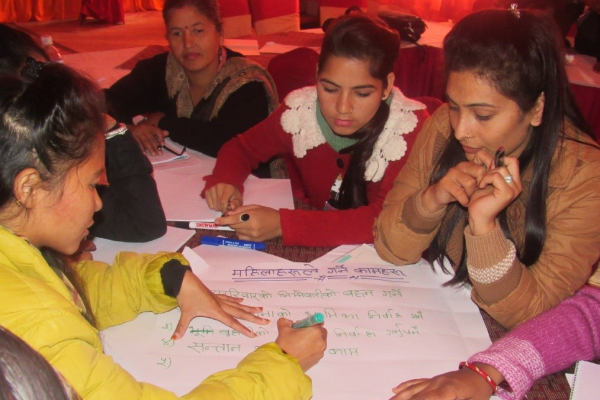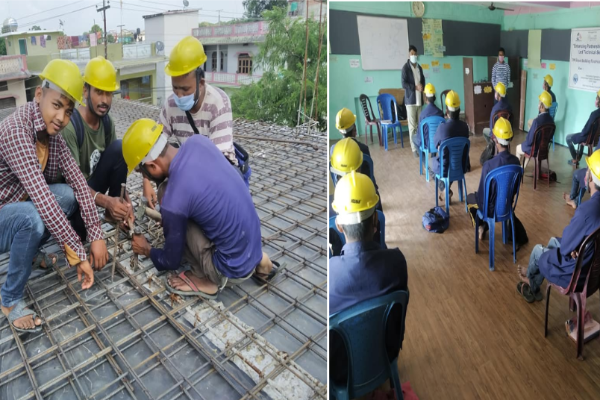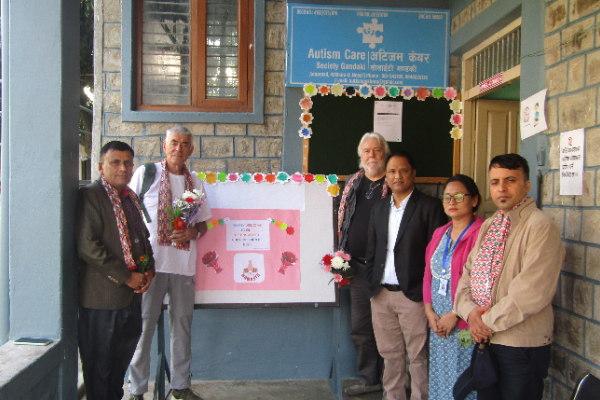Project Title: Breaking The Barriers: Safeguarding the Rights of Girl Infants
Implementing Organizations:
- Child Workers in Nepal Concerned Center (CWIN)
- World Vision Advocacy Forum (WVAF)
- Center for Research on Environment Health and Population Activities (CREHPA)
- International Child Development Initiatives (ICDI)
Project Duration: Not specified
Geographical Focus: Six districts in Nepal - Bhaktapur, Chitwan, Kaski, Rupendehi, Surkhet, and Kanchanpur
Background: The project aims to address the issue of Sex Selective Abortion (SSA) and discrimination against girl infants in Nepal, particularly in districts with a high sex ratio imbalance. Despite legal provisions and international commitments, practices such as SSA and discrimination persist. The project emphasizes the need for coordinated efforts involving local authorities, policymakers, health service providers, civil society organizations (CSOs), communities, and other stakeholders to translate existing laws into actionable results.
Challenges to be Addressed:
- Lack of updated information/evidence on SSA and Female Infanticide
- Ineffective translation of policies into actions
- Lack of collective actions to address Girl Infants Discrimination (GID)
- Lack of capacity of local authorities, government agencies, and CSOs to deal with GID issues
- Lack of public/community awareness on laws and policies regarding the rights of the girl child
- Lack of proper supportive roles of family/community to protect girl infants
- Lack of proper economic, health, and educational incentives for the girl child
Specific Objectives and Achievements:
-
Advocacy and Lobbying:
- Advocacy at national and district levels to implement girl-child-focused economic, education, and health incentives.
- Strengthening policies to reduce SSA, female infanticide, and other discriminatory practices.
- Achieved commitments from relevant ministries for legislative changes.
-
Capacity Strengthening:
- Empowering civil society organizations, Girls Advocacy Groups, social and religious leaders, and the media.
- Training sessions, development of training manuals, and successful implementation of capacity-building activities.
-
Research and Evidence Generation:
- Establishing research-based evidence on existing norms, values, and practices perpetuating discrimination.
- Utilizing evidence for policy reforms, intervention design, and behavioral change measurement.
-
Implementation of Girl-QUAT:
- Adapting and implementing the Girl-QUAT tool for quality assessment of services for girls and young women.
- Incorporating best practices to protect and promote the rights of girls.
Key Activities:
- Development of training manuals and guidelines
- District-level capacity development training
- Training on reducing SSA, female infanticide, and girl infant discrimination
- Master Trainer of Trainers (MToT) on psycho-social counseling and referral mechanisms
- Training on Girl-QUAT at the national and district levels
- Radio program broadcasts to raise awareness on girls' rights and protection



